How a collaboration between See Science and RSC education coordinators created an enriching and accessible STEAM activity

Chemistry and expressive arts is not the first cross-curriculum link that springs to mind, but it was the focus of See Science’s Colour Chemistry workshop. See Science delivered the outreach-funded project in Wales during summer 2024 to over 750 learners (both primary and secondary-aged) and members of the public, introducing them to making paints from natural pigments, such as turmeric, raspberry powder, matcha, beetroot powder and butterfly pea tea. They developed the Colour Chemistry workshop from a collaborative teacher workshop in 2022 and they continue to fascinate learners because of RSC Outreach funding.
Developing the workshop
In the summer of 2022, as part of our annual Wales teacher conference, the RSC delivered a copper-related workshop. This session used art as a context and a teaching resource from the Chemistry and art collection – Pigments from minerals. The workshop provided an opportunity for teachers to explore cross-curriculum links to not only art, but history and geography.
Sensational science days
Are you a teacher, trainee teacher or school technician based in Wales? Join us for two days of sensational science for our annual conferences in North and South Wales.
However, the hands-on activity was only suitable for secondary learners due to the materials used, and we wanted primary learners to also be able to participate. Trio Sci Cymru Bangor, a Welsh Government funded STEM outreach project, had designed a suite of workshops for primary and year 7 learners, which due to the pandemic hadn’t reached as many schools as they had hoped. They kindly allowed us to develop their paints from natural pigments workshop further.
The natural pigment workshop introduced learners to paints – the four constituent parts of paint, the process of making it, painting and evaluating the paint. Teachers could find all the recommened pigments in the kitchen and use equipment already readibly available in primary schools. One teacher said, ‘We didn’t have to spend a lot of money on resources either. I’m sure the children went home and raided their kitchen cupboards.’
Due to the halochromic nature of some of the pigments we were also able to introduce the pH scale, which extended the age range that we could deliver the workshop to.
Before the collaboration with See Science in 2024, RSC education coordinators ran the activity with over 100 ITE student teachers and with about 90 primary school teachers in Wales and Northern Ireland. The feedback was great, with teachers exchanging ideas of how they could use it in other topics, from Amazonian rainforest tribes and Celts to Egyptians and fashion. We shared links with some of our other popular primary collections such as Experiment with the Vikings and explored how you could extend the activity to dyeing fabrics and connecting to modern dyes.
Collaborating with See Science
The inclusion of this activity in the See Science workshop meant it reached a wider audience across Wales. 92% of primary learners gave positive feedback and 84% ‘loved it!’, with 85% of secondary learners ‘liking or loving it’. Some learners were surprised to be making paint as part of a science workshop. The Outreach funding received by See Science has meant they’ve provided training to teachers and STEM ambassadors across Wales, so Colour Chemistry can continue to fascinate learners.
We wanted to develop a truly STEAM activity and in collaboration with See Science, this workshop has certainly done that.
When science meets art
Inspire learners with the range of careers that combine science and the arts:
- Museum scientist Lucia analyses objects to help curators and conservators understand them better.
- Senior picture editor Emma sources and comissions photographs, illustrations and videos for scientific publications to communicate science to the public.
- Development chemist, printing and inks Mariam makes custom inks to ensure allergy information and best before dates can be safely printed on food.


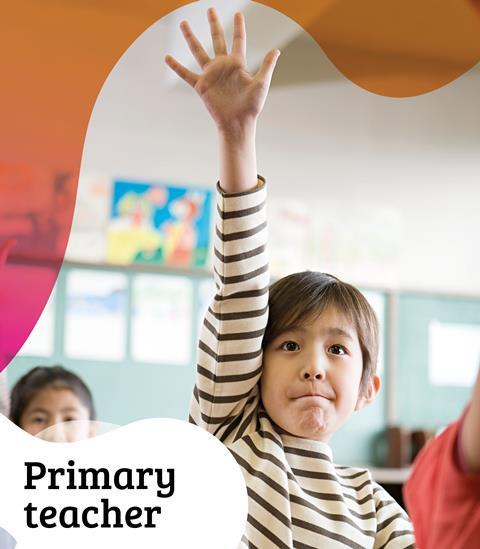


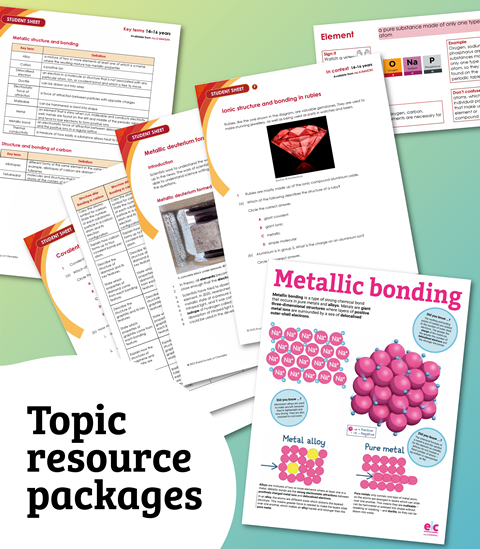

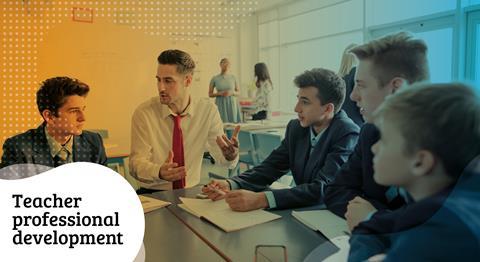



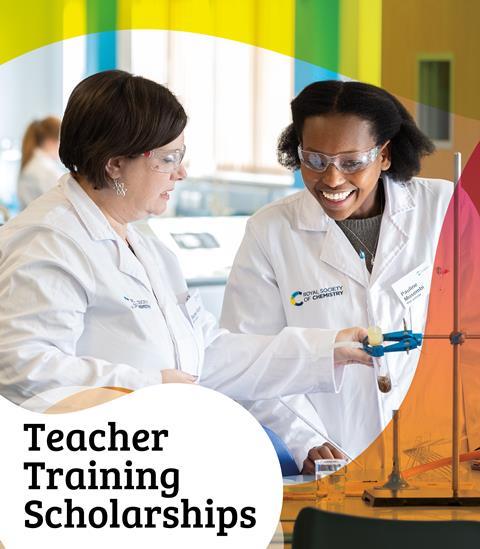
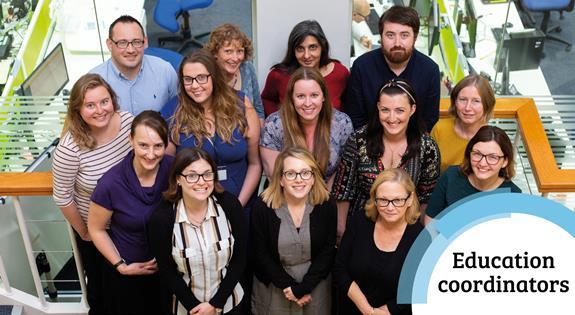





No comments yet